Anse Source d’Argent is a legendary beach in Seychelles. White sand, palm trees, turquoise water and huge granite boulders – a scenery that’s famous all over the world. The beach is ideal for snorkeling beginners: unlike most of the other Seychelles spots, it is sheltered by a coral reef. Although the lagoon is shallow and there is little coral, you can still see many fish. Only the more experienced snorkelers can adventure out on the other side of the reef when the sea conditions allow.
This spot has been added by

Snorkeling Report's team
Last updated on
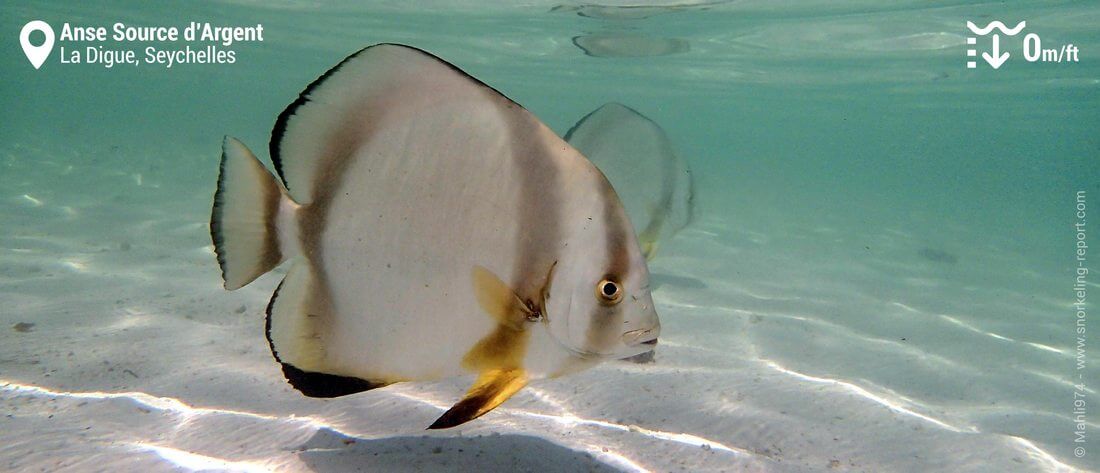
How to get to Anse Source d’Argent snorkeling spot?
It takes around 20 minutes by bike to reach the beach from La Passe jetty. Follow the main road south (towards the right when you get off the boat), and the “Anse Source d’Argent” signs.
After paying the entrance fee, you will cross a large estate with vanilla plantations and a tortoises reserve, before reaching the beach near the Lanbousir restaurant.
Leave your bike there and continue on foot, following the path along the coast. Anse Source d’Argent is a series of 11 beaches and creeks. Don’t stop when you get to the first ones (the busiest), but walk to the last beach, where the lagoon is best preserved.

Water entrance for snorkeling Anse Source d’Argent
You can enter the water anywhere along the sandy beach. At low tide, the lagoon can be too shallow to be snorkeled.
Anse Source d’Argent snorkeling tips
The recommended snorkeling area extends between the beach and the coral reef, which is located some 250 to 300 meters from shore at this point. On your way to the reef, you will cross sandy and seagrass areas (↕0-3ft/0-1m), which gradually give way to a rocky seabed scattered with small coral (↕3-5ft/1-1.50m).

In the lagoon, you can spot several species of fish, including butterflyfish, porcupinefish, Moorish Idols, and damselfish. The water is shallow, allowing exploring the rocky crevices: small moray eels, groupers, pipefish and hermit crabs live there. Large, inquisitive orbicular batfish also live in the lagoon. Occasional visits of hawksbill sea turtles and spotted eagle rays are also reported.
If sea conditions allow, seasoned snorkelers can consider snorkeling the outer reef, making their way through one of the small passages in the reef.
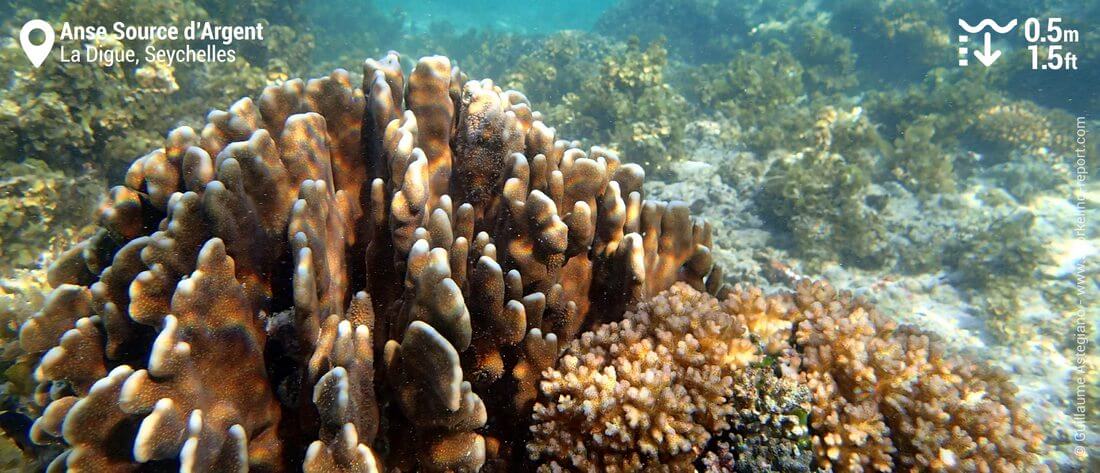
When there is some surf or current in the lagoon, the visibility can be bad.
Restaurants and accommodation at Anse Source d’Argent
The Digue Island Lodge offers accommodation closest to the spot (Union Chalet), some ten minutes walk from the beach. Near the Lanbousir restaurant, you will find several places to have lunch, and sometimes fruit stands. In the middle of the beach, a small shop sells fresh fruit juice.

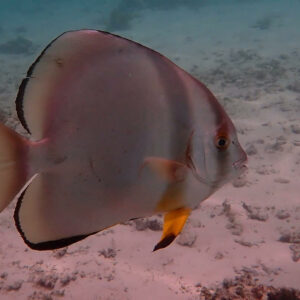

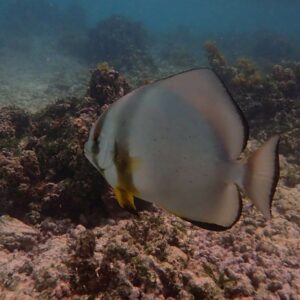


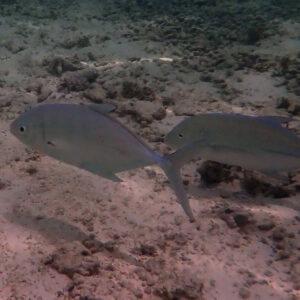


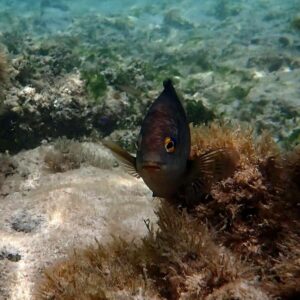

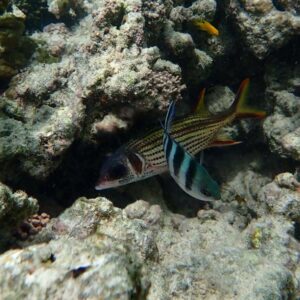

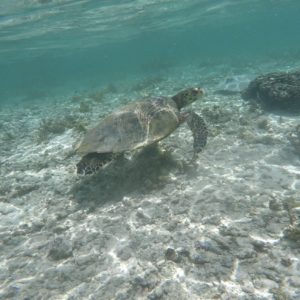
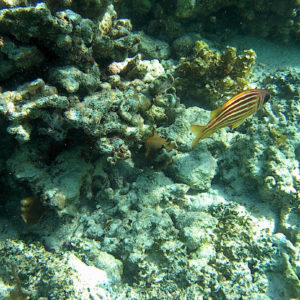
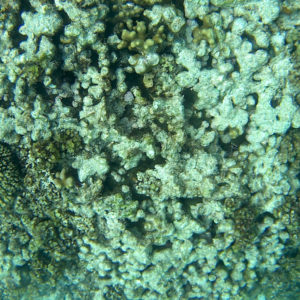

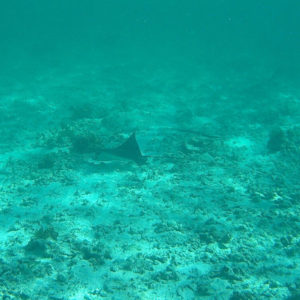
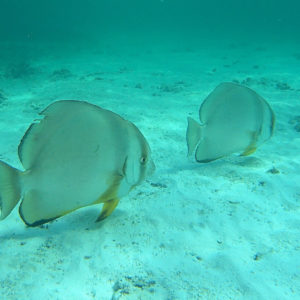





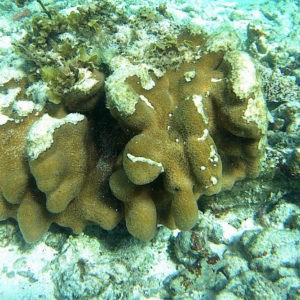


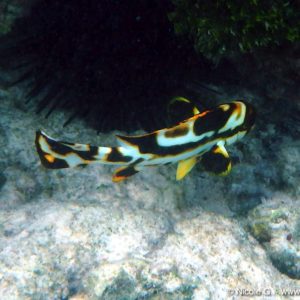



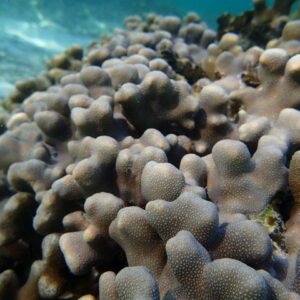
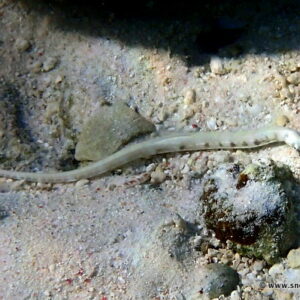
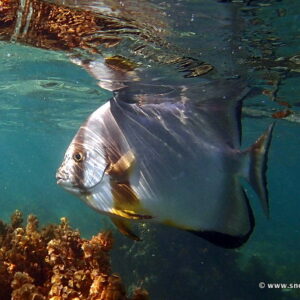


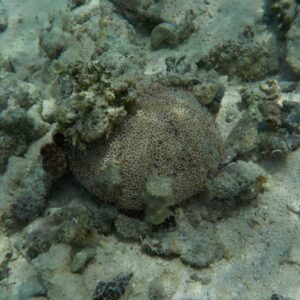





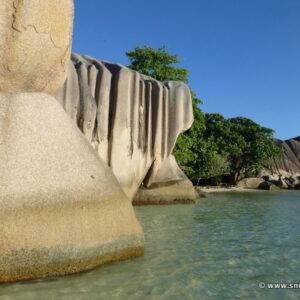
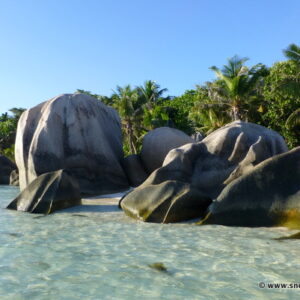



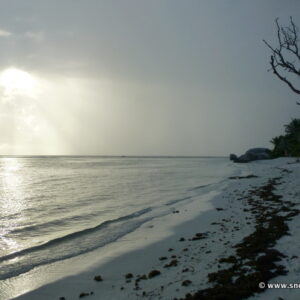
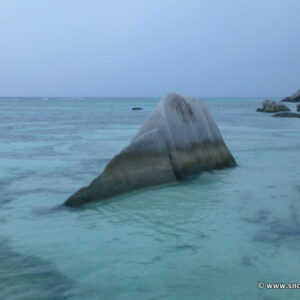


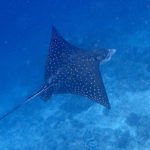
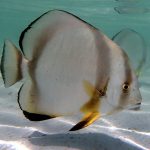






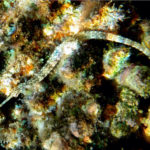

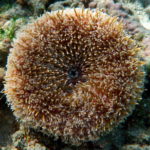


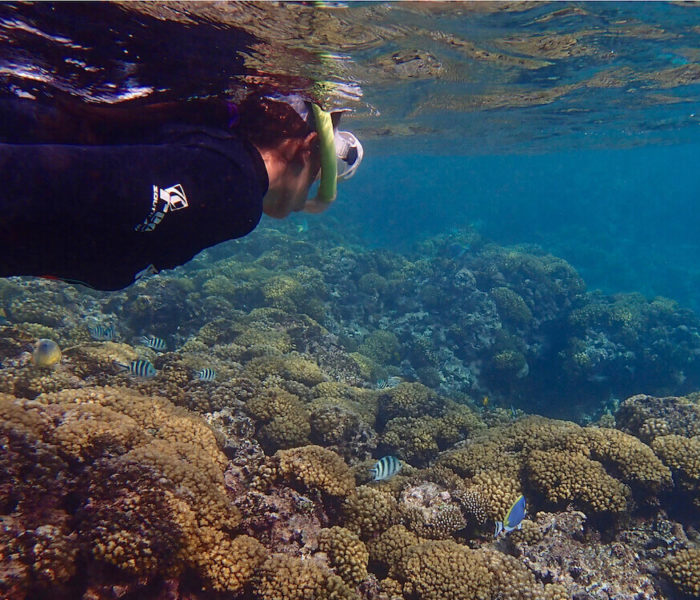




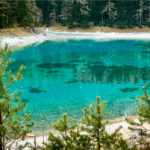

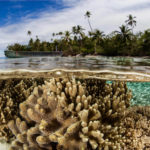
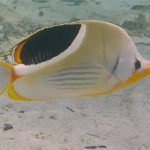




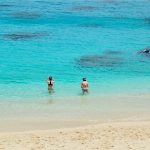

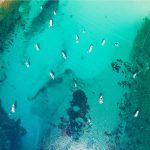

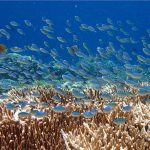







Comments